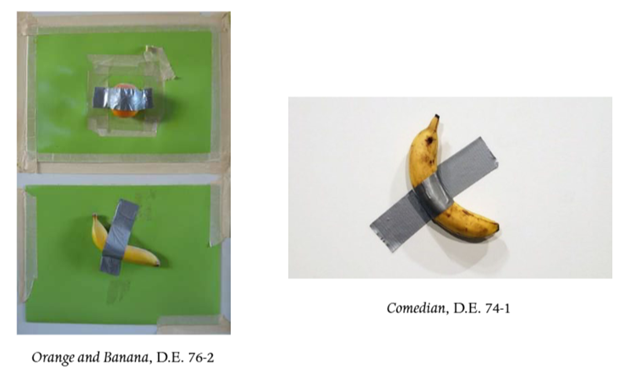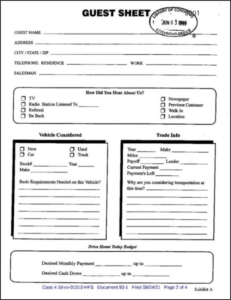In a copyright case, the US Court of Appeals for the Tenth Circuit determined that the district court had jurisdiction over two Chinese companies that consented to jurisdiction in any judicial district in which a third-party e-commerce company could be “found.” The Tenth Circuit concluded that whether an e-commerce company is “found” in a district for purposes of jurisdiction is determined based on whether its officers or agents carry out the company’s business there, not on the manner in which it does business. DP Creations, LLC v. Adolly.com, Case No. 23-4126 (10th Cir. Oct. 15, 2024) (Tymkovich, Bacharach, Carson, JJ.)
As background, the Digital Millenium Copyright Act (DMCA) “preserve[d] strong incentives for service providers and copyright owners to cooperate and detect and deal with copyright infringements that take place in the digital networked environment.” After a copyright owner notifies a service provider of an infringement, the service provider can avoid liability for a subscriber’s copyright infringement if the service provider expeditiously moves or disables access to the allegedly infringing material and notifies the subscriber of such actions taken. Under Section 512(g)(3)(D) of the DMCA, a subscriber with an address outside the United States may have the material replaced by submitting a written counter-notification to the service provider that includes a statement that the “subscriber consents to the jurisdiction of the Federal District Court . . . for any judicial district in which the service provider may be found.”
DP Creations, d/b/a Bountiful Baby, is a copyright owner for reborn doll sculptures. Bountiful Baby notified a third-party e-commerce company (service provider) that two Chinese companies (subscribers), including Adolly, were selling counterfeit copies of reborn dolls through the e-commerce company. The e-commerce company took down the infringing materials, and Adolly submitted counter-notifications, including consent to personal jurisdiction in “any judicial district in which [the e-commerce company] may be found and agreeing to accept service of process from” Bountiful Baby. Bountiful Baby subsequently filed a copyright infringement action in the District of Utah. After the Chinese companies failed to respond, the district court denied the motion for entry of default judgment against the defendants for lack of personal jurisdiction. In construing the scope of jurisdiction under § 512(g)(3)(D), the district court used Black’s Law Dictionary to understand the plain meaning of “found” and required Bountiful Baby to show that the e-commerce company did business in Utah such that it was subject to suit and service of process there. Bountiful Baby appealed.
Because § 512(g)(3)(D)’s phrase “may be found” is not defined in the statute, the Tenth Circuit (like the district court) undertook to construe the ordinary meaning of the phrase. The Court decided against using the definition found in Black’s to construe the meaning of “found” as it relates to service of process on corporations that are not a subscriber of the involved service provider. The Court concluded that in cases where the service provider is not a resident of the forum state and potentially not “at home” in the forum state, Black’s [...]
Continue Reading
read more

 Subscribe
Subscribe




